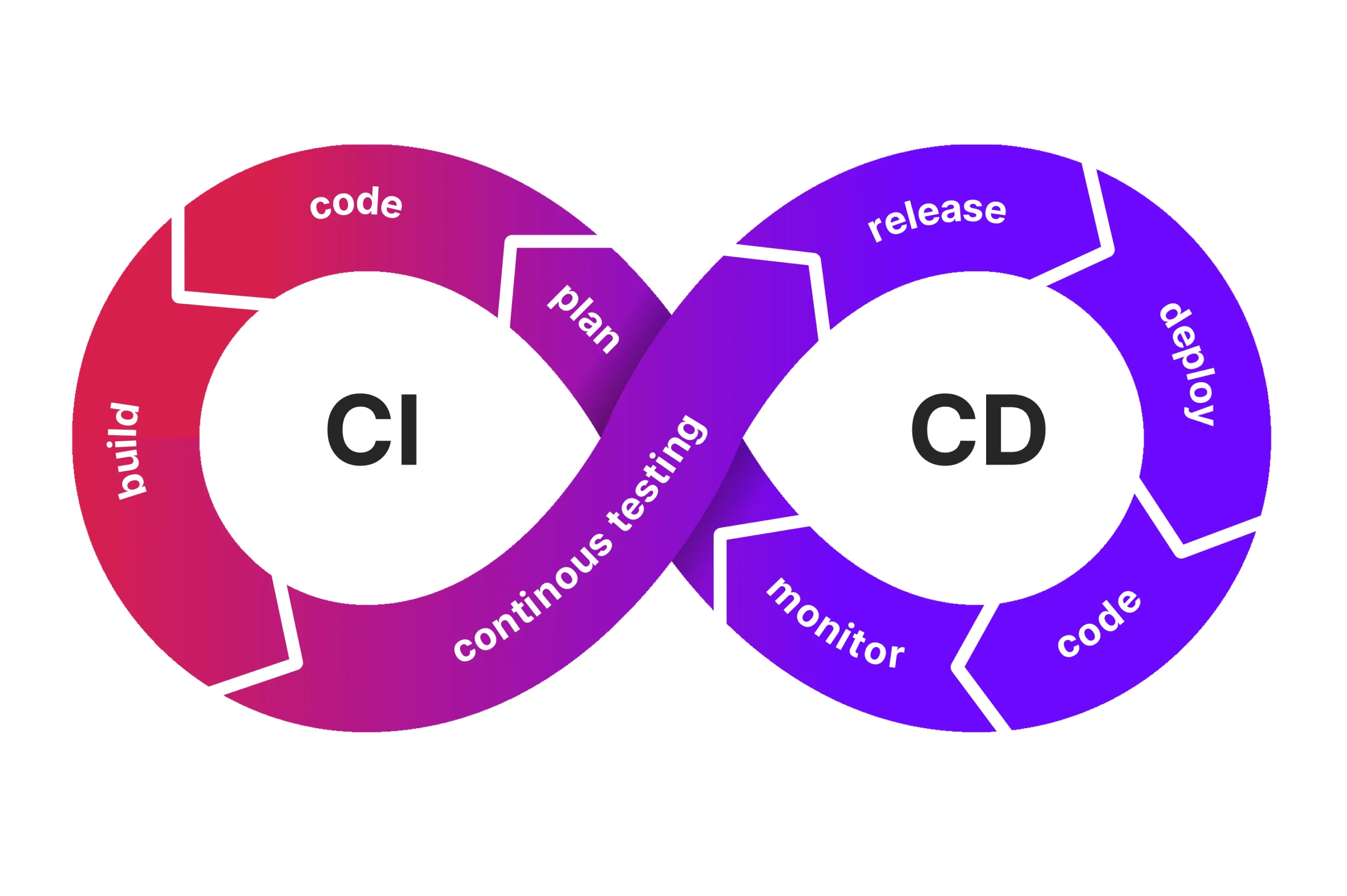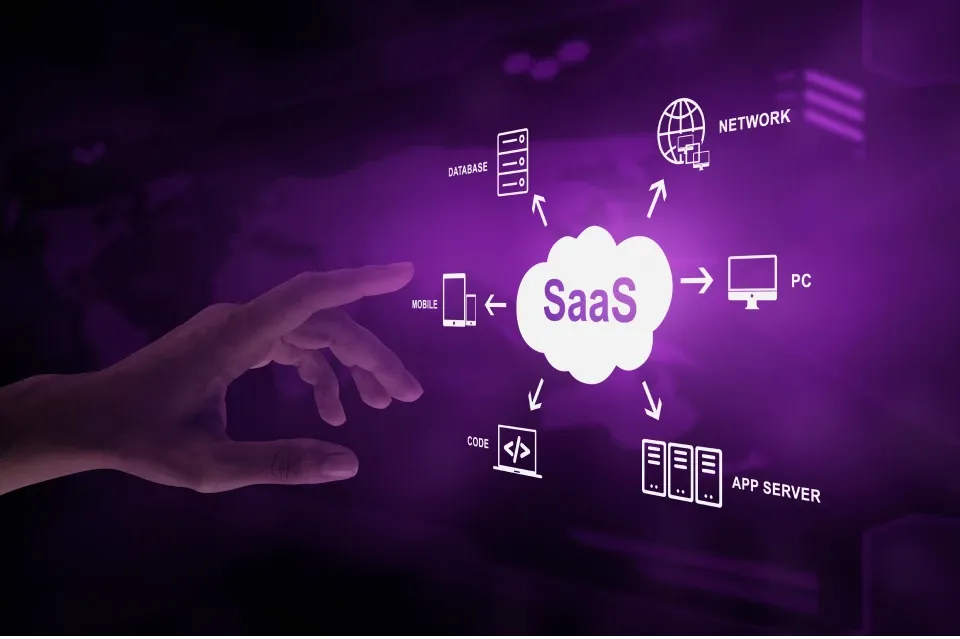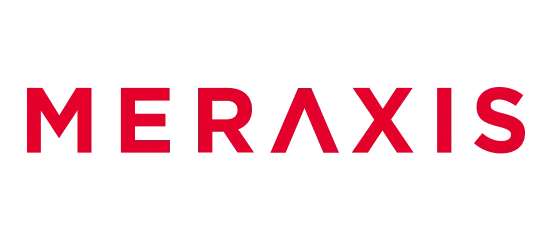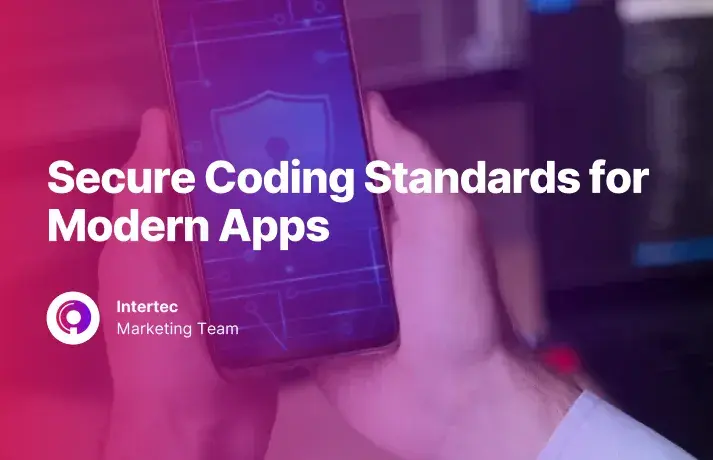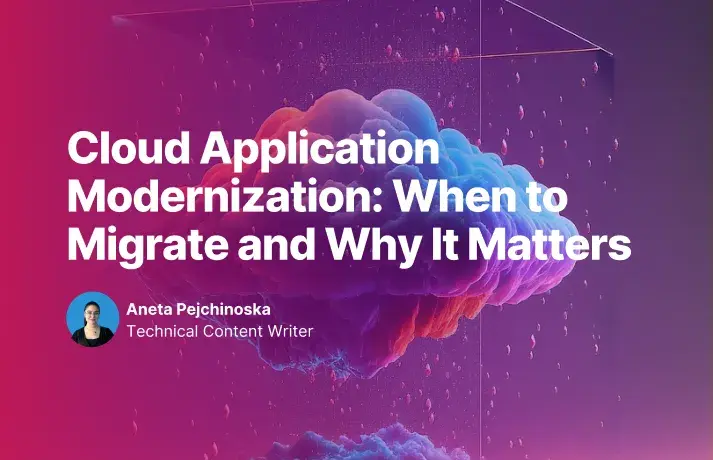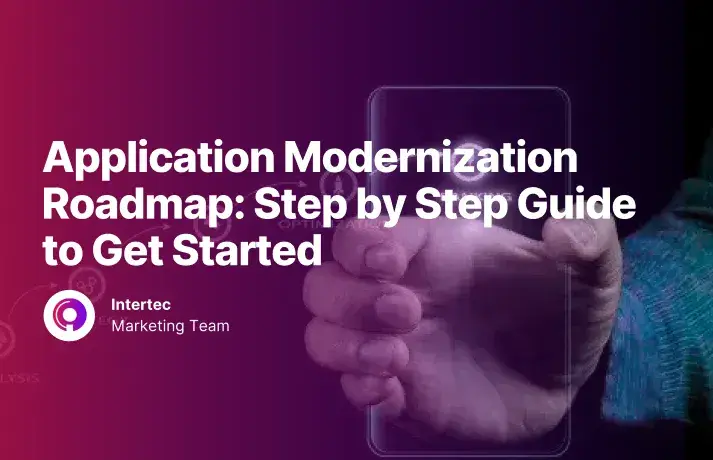3. Why CI/CD is Essential for MVP Projects
CI/CD is essential for MVP projects as it significantly reduces time to market. The reduction in time takes place in the form of an accelerated feedback loop. Due to its mechanism of assessing code changes consistently, it is able to spot hidden issues at early stages. Not only does this reduce the time for feedback, it also provides room for improvement on the project on a consistent basis. The consistency allows projects to have regular modifications for better user experience whilst minimizing the time and resources spent. Furthermore, such efficiency allows better quality guarantee as the CI/CD process automates the assessments once new codes are introduced. Quality assurance could be in the form of lesser critical bugs during production or better user experiences. The integration of CI/CD into MVP projects essentially reduces time to market as it provides a solution for quicker feedback cycles as well as minimizing the unnecessary time spent to fix foreseeable issues from emerging. Additionally, it should be acknowledged that the utilization of CI/CD in MVP projects allows a more efficient team collaboration as members of the teams are able to cooperate in modifying codes and innovating improvements for the betterment of the project as a whole.
4. How CI/CD Helps Reduce Time to Market
Through the aid of CI/CD in MVP projects, the time to market can be significantly reduced by means of automated testing and deployment. The automation feature extracts the need to conduct manual tests on every code change and provides immediate feedback for improvement. The detection of bugs and errors in early stages allow MVP projects to minimize the time spent on the development process, and thus be able to introduce the project into the market within the expected timeframe or earlier. As the automated tool allows multiple tests to be conducted at a parallel timing, manpower can be better allocated for the project. Another special feature of the CI/CD process is that upon detecting a failed code change, it automatically stops the code from either being integrated into the main branch or deployed. This allows the internal teams to fix the issue with ease and convenience. Taking these benefits into consideration, the utilization of CI/CD in MVP projects allows teams to push new updates consistently which puts businesses at an advantage within the market as they are able to foster better user experiences and trust.
5. Steps to Implement CI/CD for MVP Projects
In light of the significant benefits of CI/CD, businesses should have a further understanding as to how they should opt for the right CI/CD tools and frameworks. The suitable choice depends on the unique needs of the project. Each MVP project has its own requirements and expected outcome that aligns with the business goals and values. As such, prior to making irrational decisions, businesses should assess the respective CI/CD tools and frameworks as to which would suit the project best. The following step to be taken is to establish a CI/CD pipeline. Setting up a basic CI/CD pipeline consists of several steps. Firstly, businesses should set up a Version Control Repository (VCS) to manage code changes. This can be subsequently followed by configuring build automation that follows the project’s code and conducting automated tests. Such tests are crucial to validate code functionality and ensure the absence of bugs and errors. The results of the tests should be communicated transparently to the teams involved so that they are able to respond in a timely manner regarding the project’s progress. Once the assessments have been conducted, the project can then proceed to the deployment stage. This approach in implementing a basic CI/CD pipeline within the MVP project will allow a smoother streamline of the workflow as well as reducing the chances of errors. However, upon establishing the pipeline, regular monitoring is still required to identify foreseeable bottlenecks over time.
6. Key CI/CD Tools for MVP Projects
Within the software development industry, there may be an overwhelming amount of choices between different available CI/CD tools. Thus, it is essential to understand what each tool can provide and is suitable for the MVP project at hand. One of the well-known CI/CD tools is Jenkins. It is an open-source automation server that is vastly utilized by many users in software development processes. Its popularity is contributed by its flexibility, large plugin ecosystem, as well as the active community. It offers over 1,800 plugins for users to choose from that easily merge with their VCS. Due to its pipeline that has been designed to accommodate complex workflows, this CI/CD tool best fits fast-paced development MVP projects such as web applications, mobile applications, APIs and microservices, AI prototypes and much more. Another popular tool is known as GitLab CI. This CI/CD tool offers a wide range of features for managing the software development life cycles. It particularly has a built-in collaboration feature that allows close cooperation between teams in the development process of a MVP project. As an overview, GitLab CI is ideal for web application MVPs, blockchain or cryptocurrency MVPs, gaming MVPs and others. The wide set of features makes it suitable for projects that require continuous deployment in a rapid manner. Last but not least, another prime example of a popular CI/CD tool is CircleCI. This particular tool is cloud-based that automates the software development stages. Its versatility best suits MVP projects that require frequent updates such as web or mobile applications. It also has the element of agility to which it compliments MVP projects that are built on cloud services such as Google Cloud, AWS, iOS or even Android. CircleCI’s CI/CD pipelines smoothen the development process whilst upholding the agility for the business’ long-term growth.
